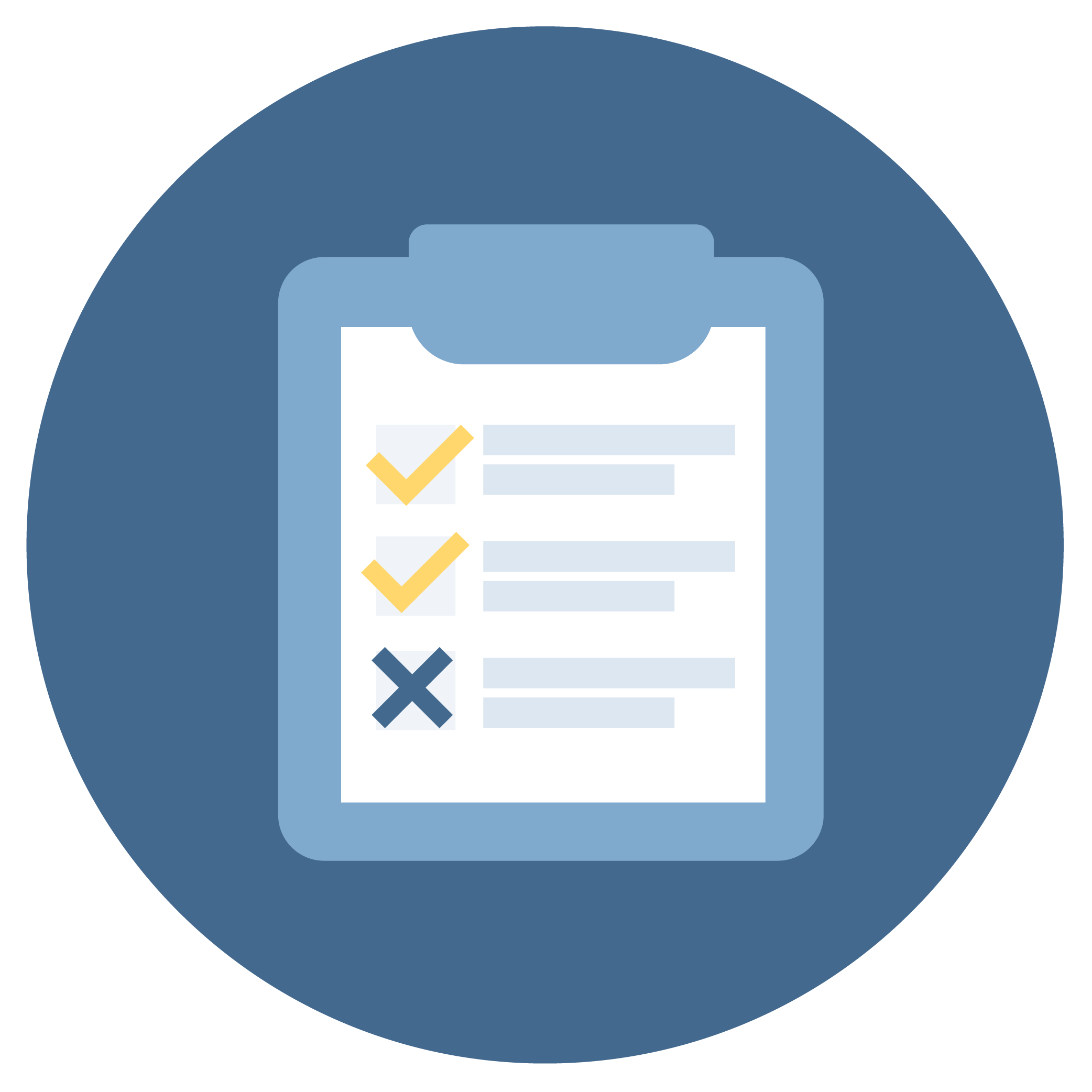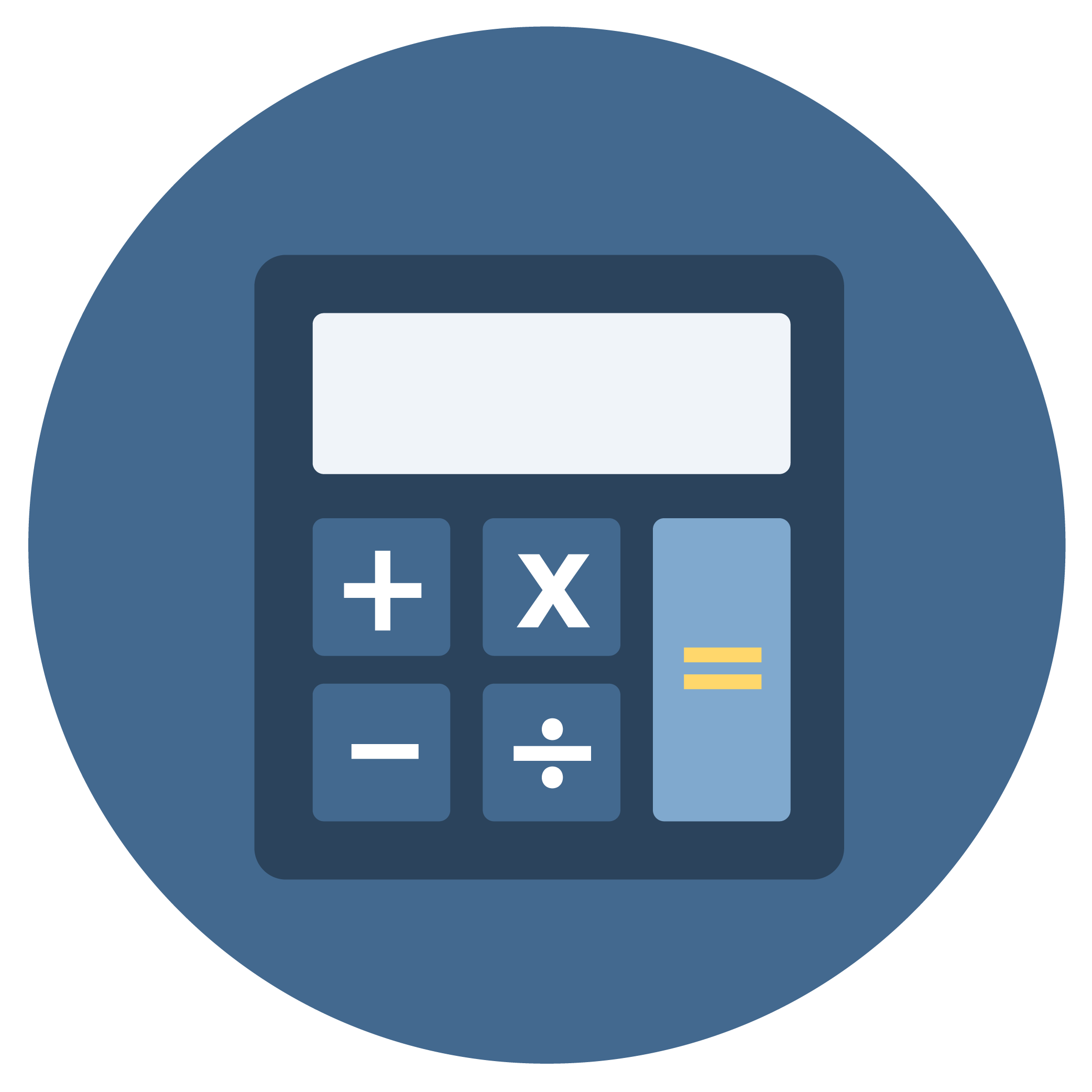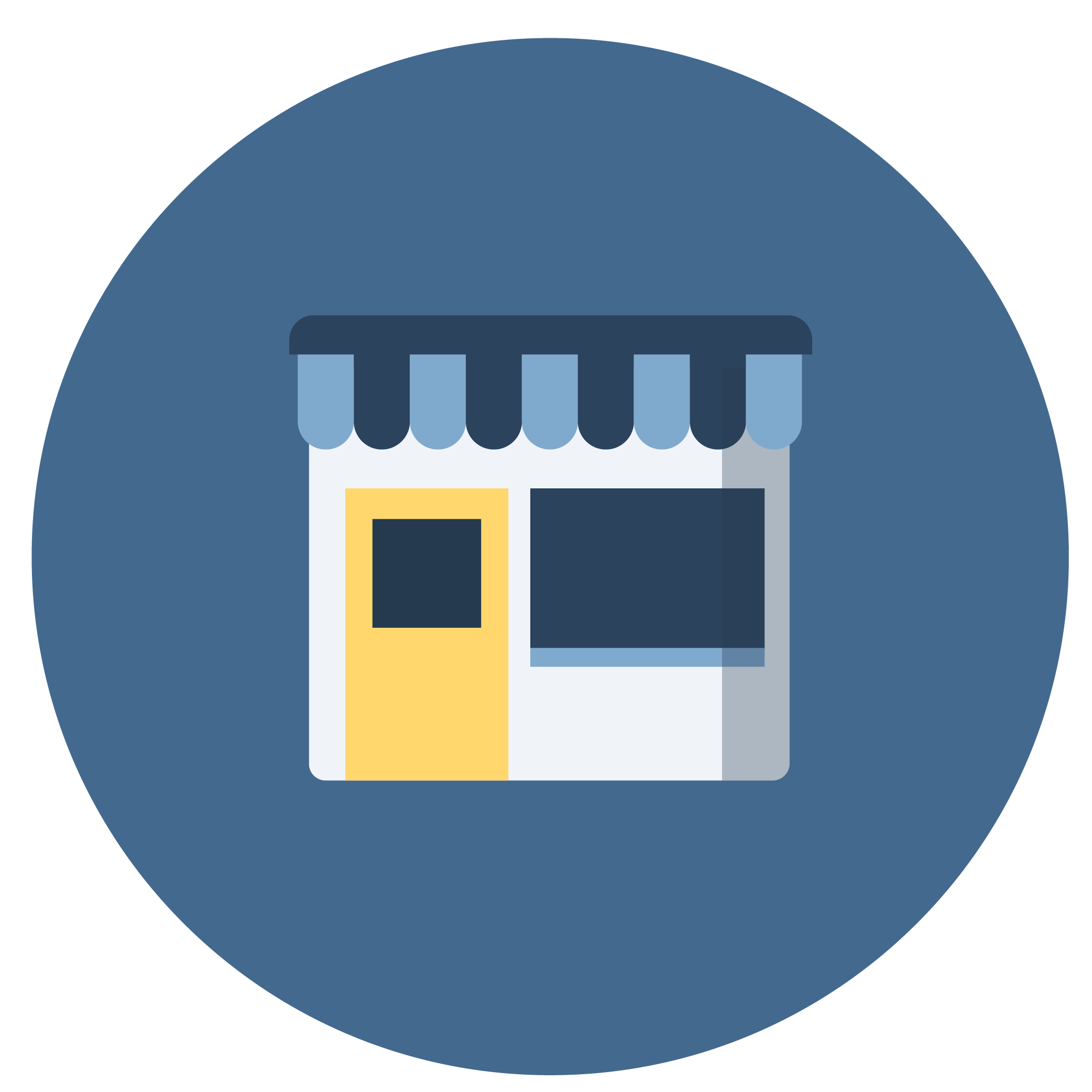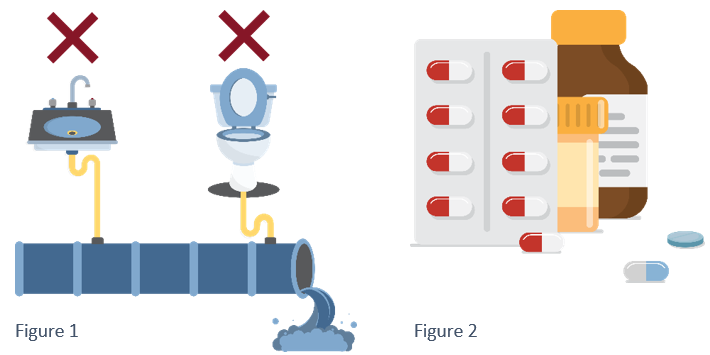Pharmaceutical waste management options for eligible facilities
Managing dangerous waste pharmaceuticals can be complicated. Some health care facilities have options when it comes to managing their dangerous waste pharmaceuticals. To be eligible for these options, facilities cannot exceed certain dangerous waste amounts each calendar month.
Pharmaceutical waste management options
If you meet the eligibility requirements, your facility can choose from these options:
Option 1: Manage under special requirements
Pharmaceutical waste
Your facility can choose to manage your dangerous waste pharmaceuticals under the special requirements for management of dangerous waste pharmaceuticals (WAC 173-303-555).
Follow the steps outlined on the pharmaceutical waste webpage or in the Dangerous Waste Pharmaceuticals Guide.
Nonpharmaceutical waste
The benefit to managing pharmaceutical waste under Option 1 is that nonpharmaceutical waste is the ONLY waste count used to determine your generator category.
- Generator category determines how you manage nonpharmaceutical waste.
- Learn more about dangerous waste basics.
Option 2: Manage ALL waste as a small quantity generator
If you are eligible for this option, your facility can choose to manage BOTH pharmaceutical and nonpharmaceutical waste under small quantity generator requirements (WAC 173-303-170(2)(a)(1) and -171).
If you choose this option:
- Your dangerous waste pharmaceuticals count toward your generator category.
- You may send potentially creditable dangerous waste pharmaceuticals to a reverse distributor.
- You may consolidate dangerous waste pharmaceuticals to another health care facility as long as it meets certain conditions. (See WAC 173-303-555(5)(b) or the Dangerous Waste Pharmaceuticals Guide)
- You may manage controlled substances under the conditional exclusion in WAC 173-303-555(7).
Remember!
Regardless of the option you choose, you must still follow these requirements:
- No sewering (Figure 1)
- Determine when pharmaceutical containers are empty (Figure 2)
Determine if your health care facility is eligible
To determine if your health care facility is eligible to choose from the management options, follow these steps:

Step 1: Designate ALL waste
Be sure to designate all waste, both pharmaceutical AND nonpharmaceutical waste.

Step 2: Count ALL dangerous waste
Count your dangerous waste pharmaceuticals AND nonpharmaceutical dangerous waste each calendar month.

Step 3: Compare QEL limits
If your health care facility generates the following amount of dangerous waste each month, you are eligible for the management options:
- Less than or equal to 2.2 pounds of dangerous waste with a quantity exclusion limit (QEL) of 2.2 pounds, AND
- Less than or equal to 220 pounds of dangerous waste with a QEL of 220 pounds, AND
- Less than or equal to 220 pounds of residue or contaminated soil, water, or other debris resulting from the cleanup of a spill to land or water of any dangerous waste with a QEL of 2.2 pounds.
Related links
Contact information
Need help?
Contact our health care team


